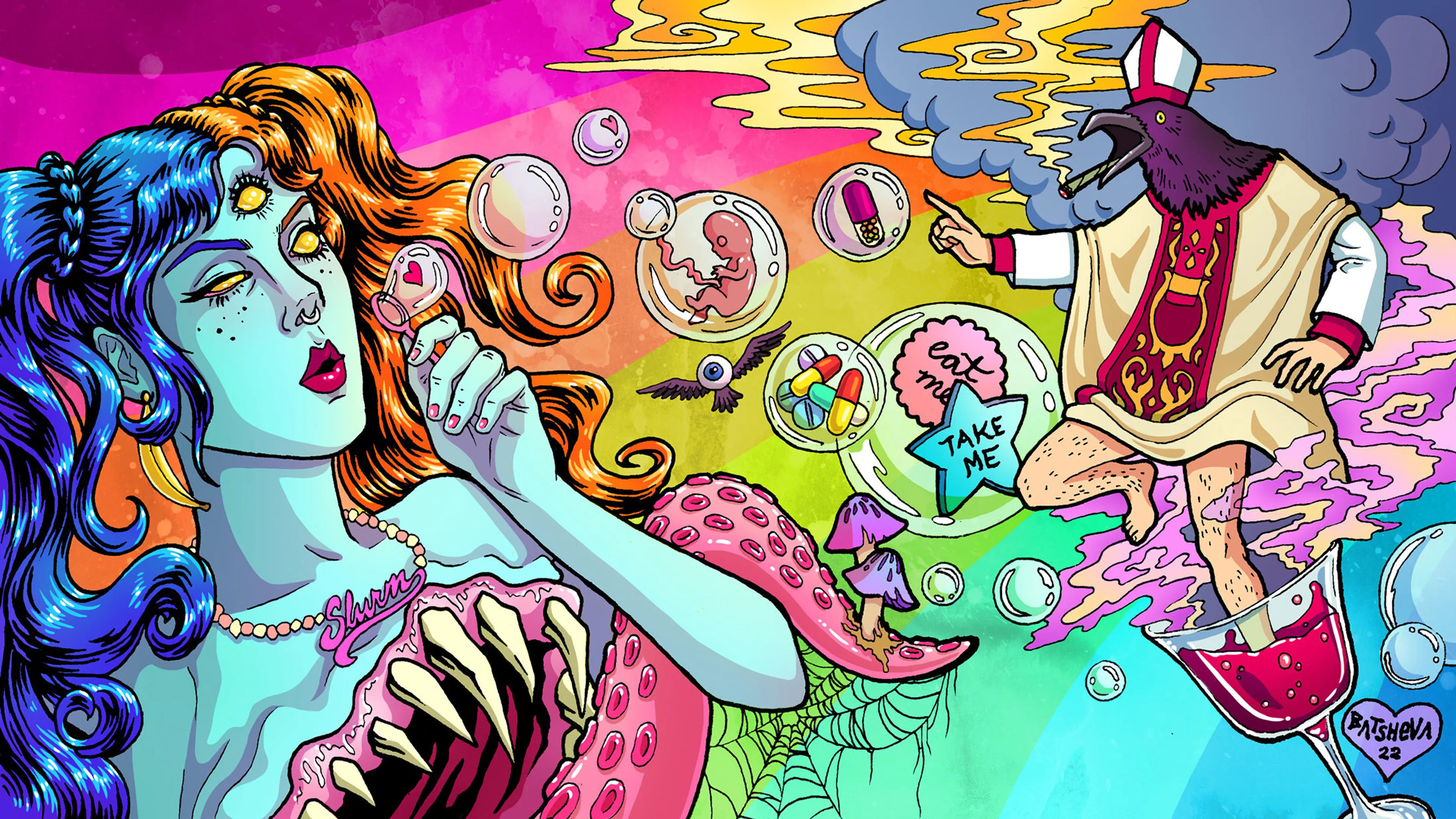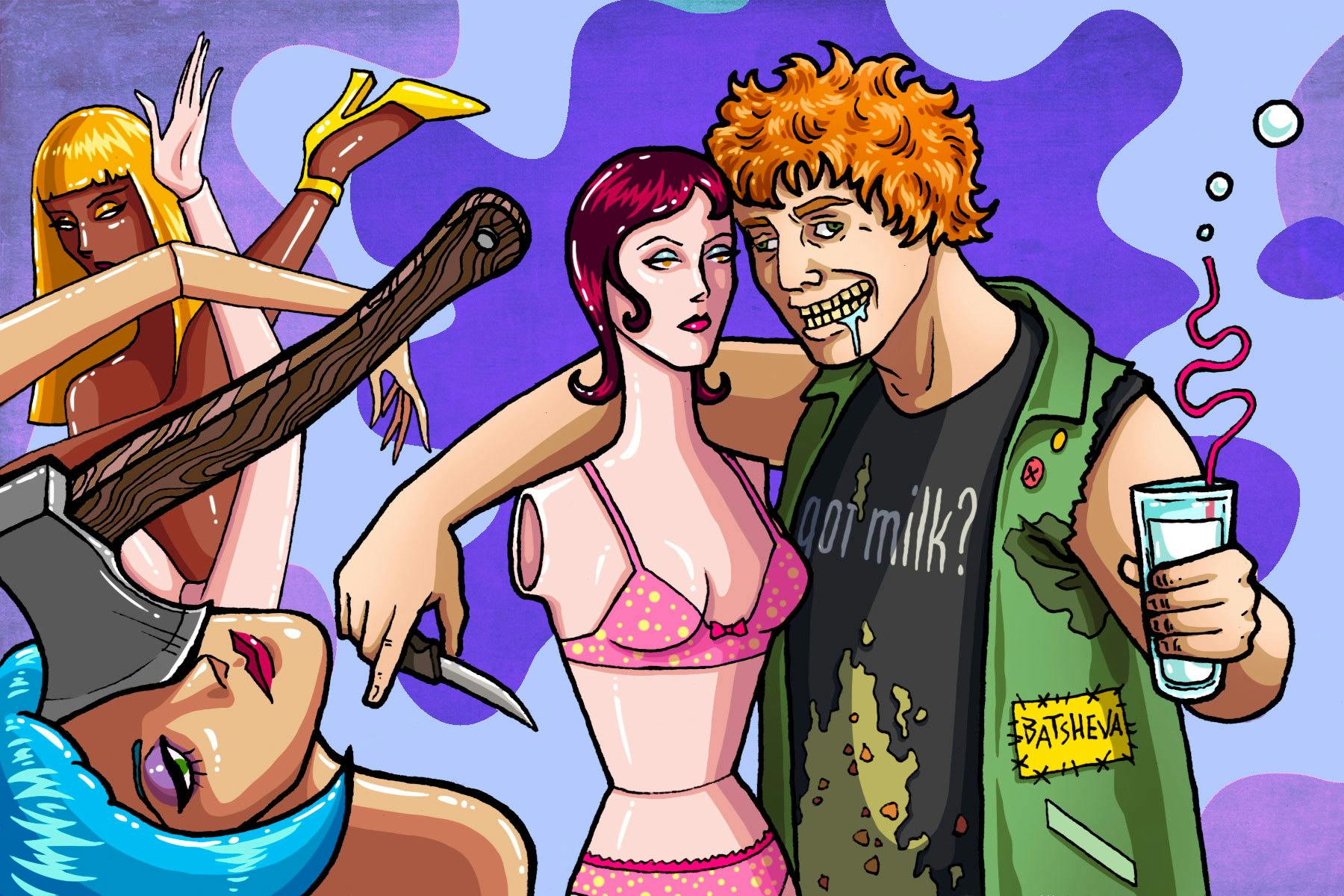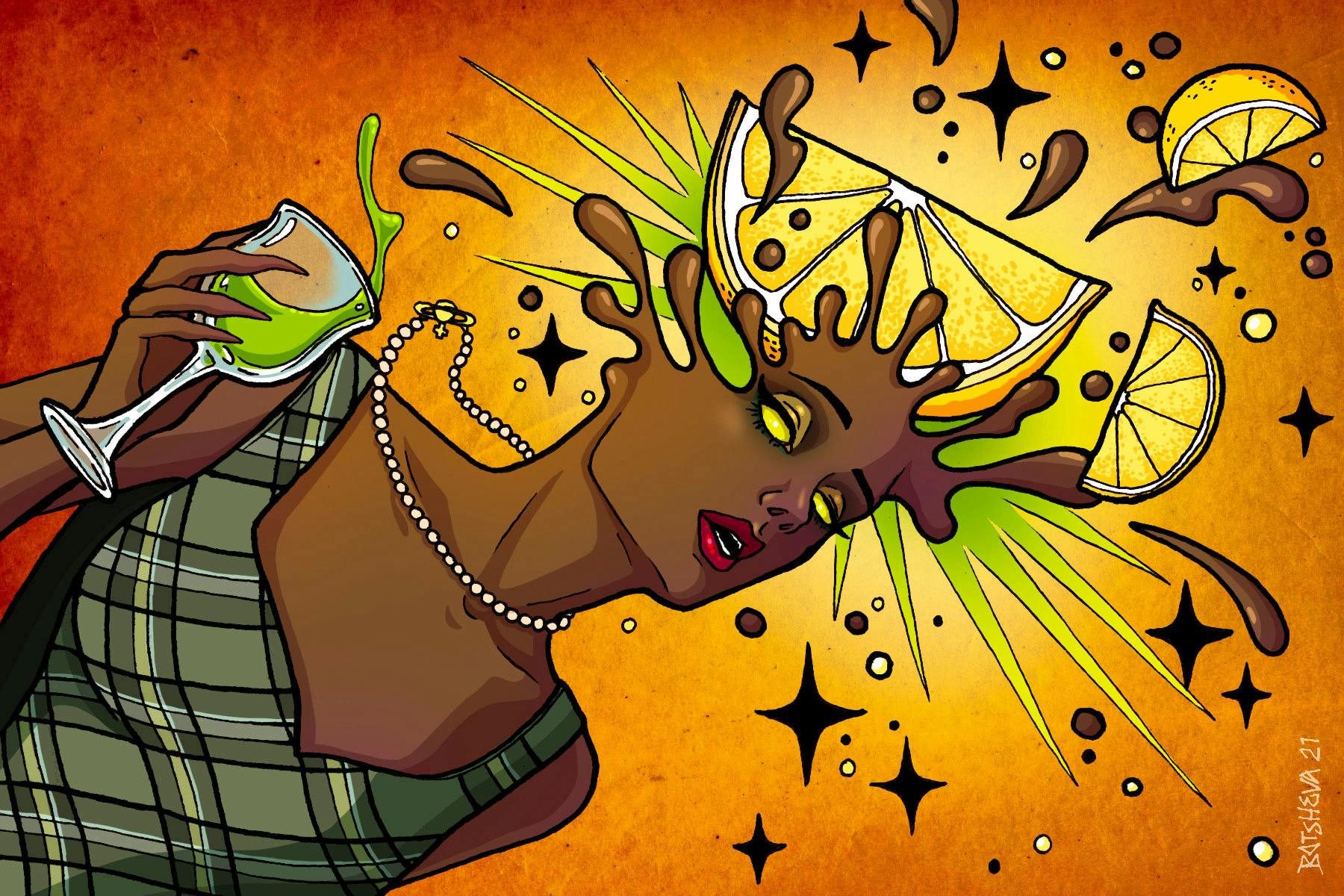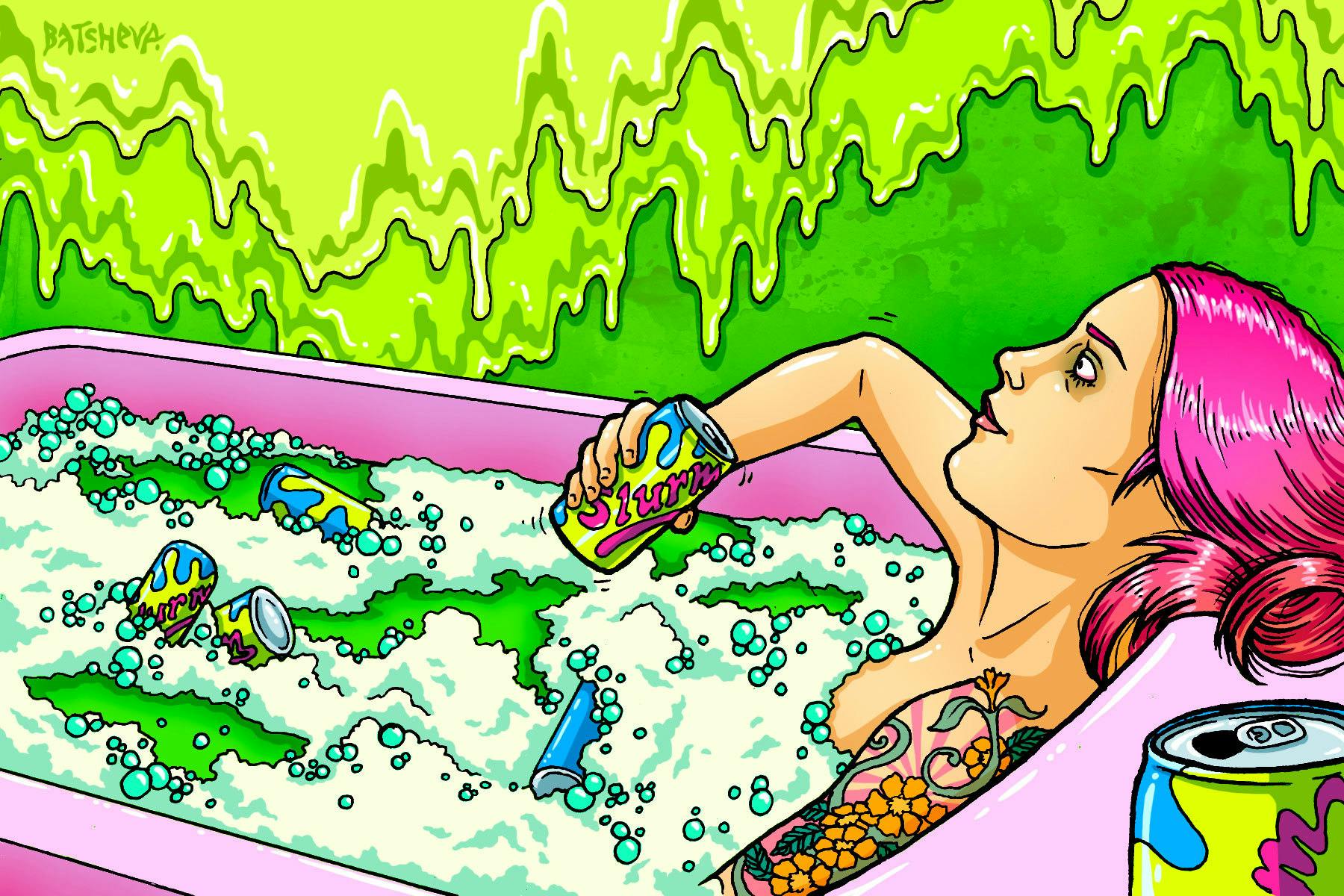Features
Meet Knives, the brilliant Bristol punks cutting through with cathartic noise
They just released one of the most banging debuts of 2025 – now get to know Knives and their raging music. As singer Jay Schottlander explains, “It’s a way for me to project how sh*tty things make me feel so I can move on from them…”











